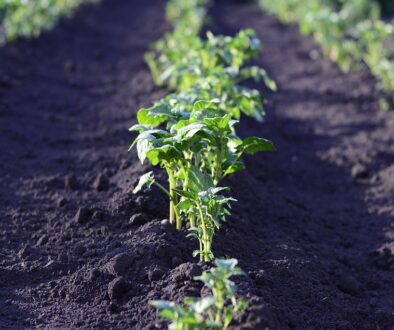Article by: Suzette Morshead
Seasonal Vegetable Gardening Tips for Every Climate
Gardening is a rewarding experience, giving you a chance to grow your own fresh, nutritious vegetables. However, success depends heavily on adapting your gardening practices to the climate you live in. Here are some expert tips for seasonal vegetable gardening tailored to various climates, along with a personal story and a checklist of essential gardening items.
Understanding Your Climate Zone
The first step to successful vegetable gardening is understanding your climate zone. Whether you have a cold, temperate, or tropical climate, knowing your zone helps determine the best planting times and crop choices.
Tips for Different Climates
Cold Climates:
- Start seeds indoors early to extend the growing season.
- Choose cold-tolerant vegetables like kale, carrots, and Brussels sprouts.
- Use row covers or cold frames to protect young plants from frost.
- Mulch heavily to conserve soil warmth and moisture.
Temperate Climates:
- Plant cool-season crops such as lettuce, peas, and broccoli in early spring and fall.
- Use succession planting to maximize yield throughout the growing season.
- Employ raised beds for better drainage and soil quality.
Warm and Tropical Climates:
- Focus on heat-loving crops like tomatoes, peppers, and sweet potatoes.
- Provide shade during the hottest part of the day to prevent plant stress.
- Water deeply and regularly, especially during dry spells.
Essential Gardening Items
To make your gardening journey smoother, consider these essential tools and supplies:
- Quality seeds suited to your climate.
- Seed trays and pots for indoor starting.
- Gardening gloves to protect your hands.
- A sturdy trowel and garden fork.
- Mulch and compost for soil health.
- Row covers or shade cloths as needed.
- Watering cans or drip irrigation systems.
Personal Story: My Gardening Journey Through Seasons
I remember my first vegetable garden vividly. Living in a temperate climate, I was eager to start but didn’t know much about seasonal planting. My initial excitement led me to plant tomatoes and cucumbers right in early spring, only to see them struggle in the chilly weather. Disappointed but determined, I did some research and learned about starting seeds indoors.
The following year, I started tomato seedlings inside in late winter and transplanted them after the last frost. The difference was night and day. My garden flourished with an abundance of vegetables, and I learned to plan my crops according to the seasons. That garden became a sanctuary for me, a place to connect with nature and enjoy the fruits (and veggies) of my labor.
Conclusion
No matter where you live, with a bit of knowledge and preparation, anyone can enjoy a bountiful vegetable garden. Understand your climate, choose the right vegetables, and equip yourself with the necessary tools, and you’ll be on your way to gardening success. Happy planting!
Article by: Suzette Morshead


